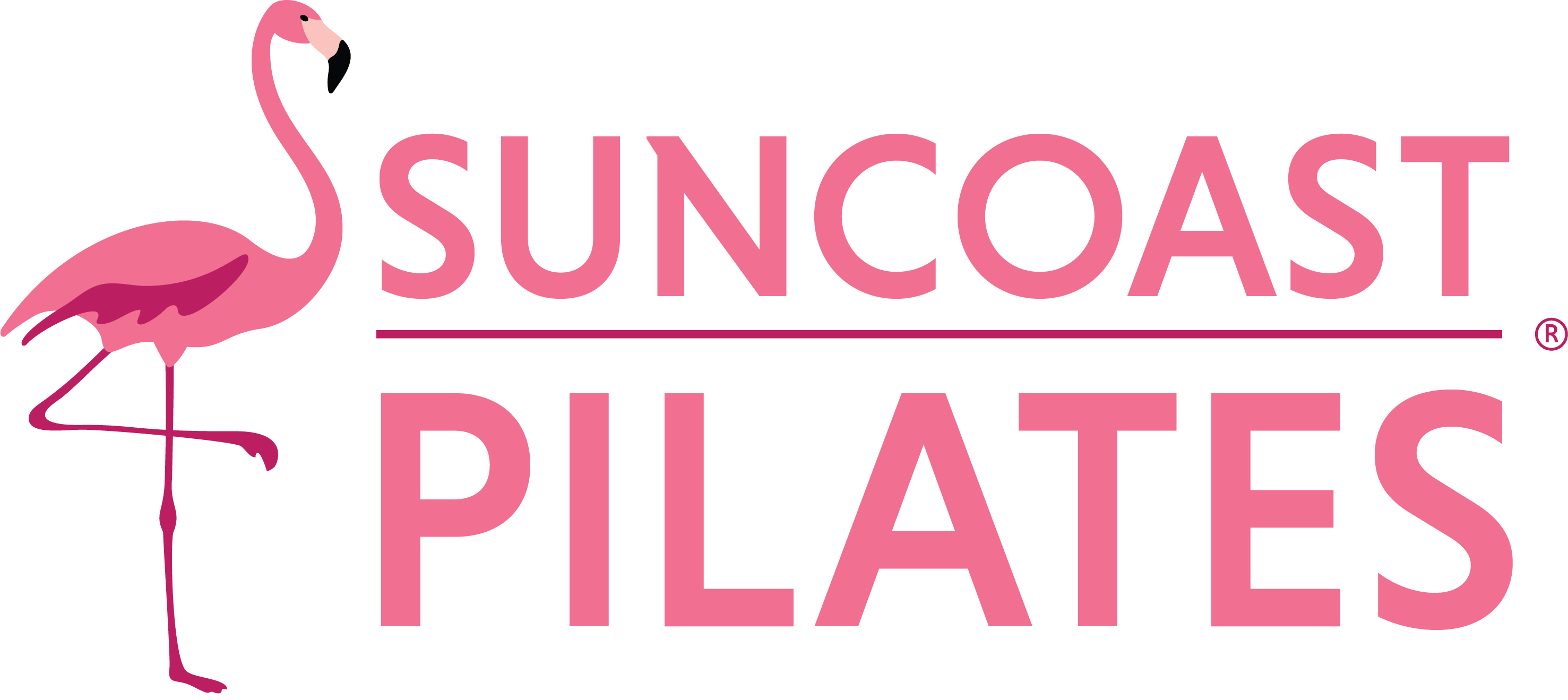Long hours at a desk take a toll. The back rounds. Hips tighten. The core switches off. A steady home pilates habit can help reverse that. The Pilates roll-up is one move that connects breath, core strength, and spine mobility in just a few minutes a day.
How often should you do pilates
For steady progress, two to three sessions a week work well. But short, focused movements like the roll-up can be done daily. The goal is control, not exhaustion. This 7-day challenge uses one precise move to teach your body how to lift, lengthen, and lower with ease.
Step-by-step: Pilates Roll-Up
1. Set your position
Lie on your back with legs long, feet hip-width apart, and arms overhead. Let your shoulders sink down and soften the ribs so the spine feels connected to the mat.
2. Prepare your center
Inhale and draw the belly gently in and up. This deep support keeps the lower back protected and helps control the movement.
3. Start the curl
Exhale, nod the chin slightly, and reach fingertips toward the ceiling. Lift the head and shoulders without pulling from the neck. Eyes look toward the thighs.
4. Roll through the spine
Keep exhaling as you peel the spine away from the mat one vertebra at a time. Imagine lifting a string of pearls in sequence. Press heels away to help anchor the legs.
5. Sit tall without strain
At the top, lengthen through the spine. Keep the belly lifting and shoulders easy. You may feel your hamstrings open, but avoid forcing the stretch.
6. Lower with control
Inhale to prepare, then exhale as you reverse the path — low back first, then mid back, upper back, and finally the head. Place each vertebra down with care.
7. Reset for the next rep
Pause, soften the ribs, and settle the shoulders. Repeat 3–5 times, keeping the same smooth pace and matching breath to movement.
Repeat daily for 7 days
Do the roll-up once a day for the next week. Focus on quality, not speed. Notice the changes, a lighter lift, a smoother return, or more space in the hamstrings. These small improvements are the real markers of progress.
Pilates Q&A: Everything You Need to Know
Can the roll-up improve flexibility without big stretches?
Yes. You work in supported ranges, which lets tight areas open gradually without strain.
Is the roll-up safe if I’ve had back pain
Really depends on the case, if you have a bad herniated disc or osteoporosis, then NO
If it is too difficult to roll up, start by only rolling down, then sit up using your arms for help, and roll down again.
Do I need equipment?
No. All you need is a mat.
Seven days. One move. A short daily practice that can reset posture, build core support, and restore easy movement, all from your home.
Ready to feel the difference?
Book a class or schedule a private intro session with our instructors, and let’s make sure your roll-up form is spot on from day one. Call us today to get started.

